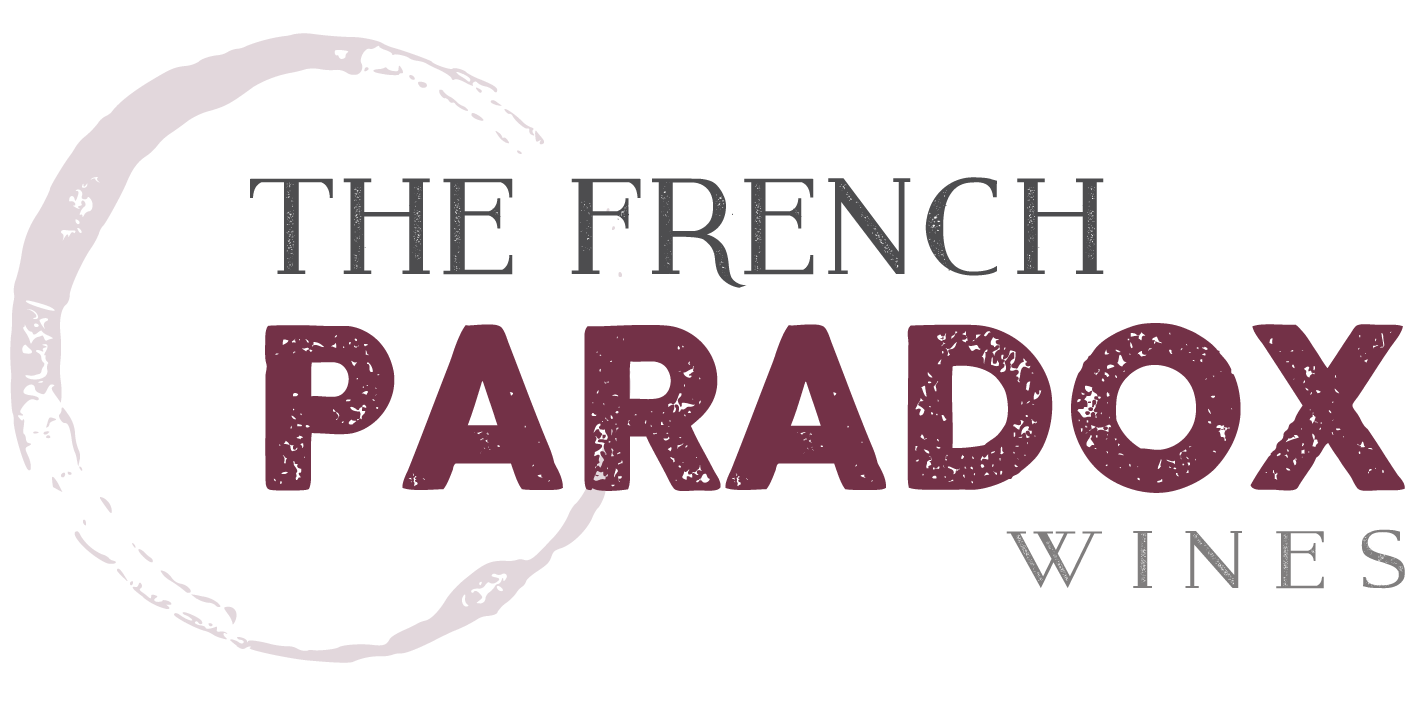2013 San Giusto a Rentennano
Chianti Classico DOCG
Regular Price $43.99
Sale Price $34.99
Nearly everyone knows Chianti…there’s quite literally an ocean of it bottled annually (about 8 million cases). The term itself refers to a geographic region, in central Tuscany, roughly situated between Florence and Siena. The earliest documentation of a “Chianti wine” dates back to the 13th century when viticulture was known to flourish in the “Chianti Mountains” around Florence. The merchants in the nearby townships of Castellina, Gaiole and Radda formed the Lega del Chianti (League of Chianti) to produce and promote the local wine. By the 18th century, Chianti was widely recognised as a red wine, but the exact composition and grape varieties used to make Chianti at this point is unknown. It was not until the work of the Italian statesman Bettino Ricasoli that the modern “Chianti recipe” as a Sangiovese-based wine would take shape.Prior to Ricasoli, Canaiolo was emerging as the dominant variety in the Chianti blend with Sangiovese and Malvasia playing supporting roles. In 1967, the Denominazione di origine controllata (DOC) regulation set by the Italian government firmly established the “Ricasoli formula” of a Sangiovese-based blend with 10–30% Malvasia and Trebbiano.
Chianti Classico is one of the eight sub-regions of Chianti, is centrally located in the region and is largely acknowledged as the premium wine producing region in Tuscany. The production of Chianti Classico is under the supervision of Consorzio del Vino Chianti Classico, a union of producers in the Chianti Classico subregion. The Consorzio, whose members identify themselves with ‘Black Rooster’ emblem on their bottles’ necks, was founded with the aim of promoting the wines of the subregion, improving quality and preventing wine fraud.
Not all Chianti Classico producers are equal, by virtue of their vineyard sites (exposure, elevation, soil composition and drainage all affect grape quality) and their practices. Some are modernists, who prefer (legally) to blend Cabernet Sauvignon or Merlot with Sangiovese and age in new or smaller oak barrels; others are classicists, eschewing the use of new oak and only using traditional grape varietals. San Giusto a Rentennano staddles the gap between the two camps.
Big and rich and full, yet still possessing enlivening acidity, this wine is beautifully elegant and boldly structured. Lithe enough to pair with a wide variety of foods, it’s seamless and full bodied allowing one to enjoy a glass anytime.
